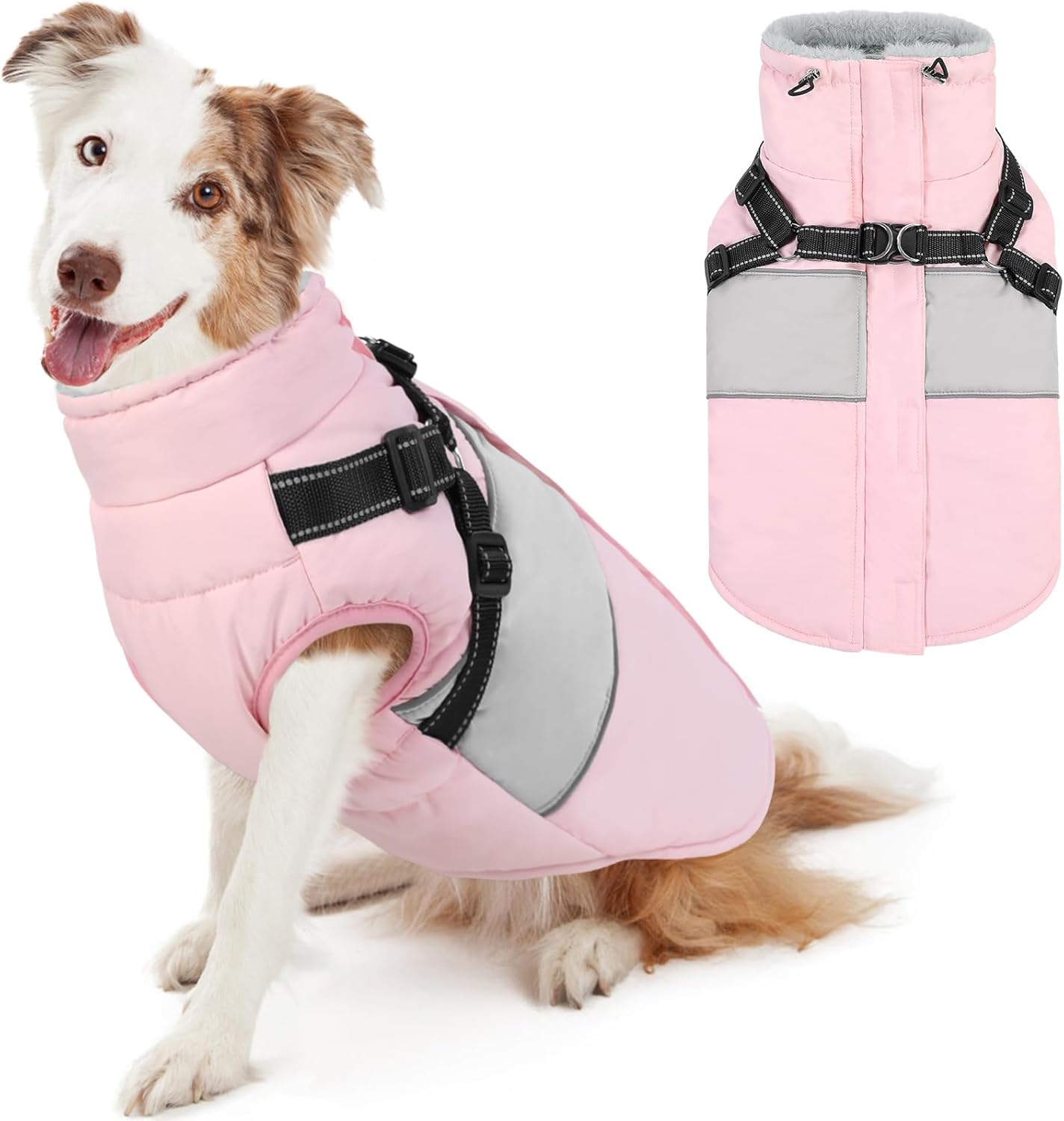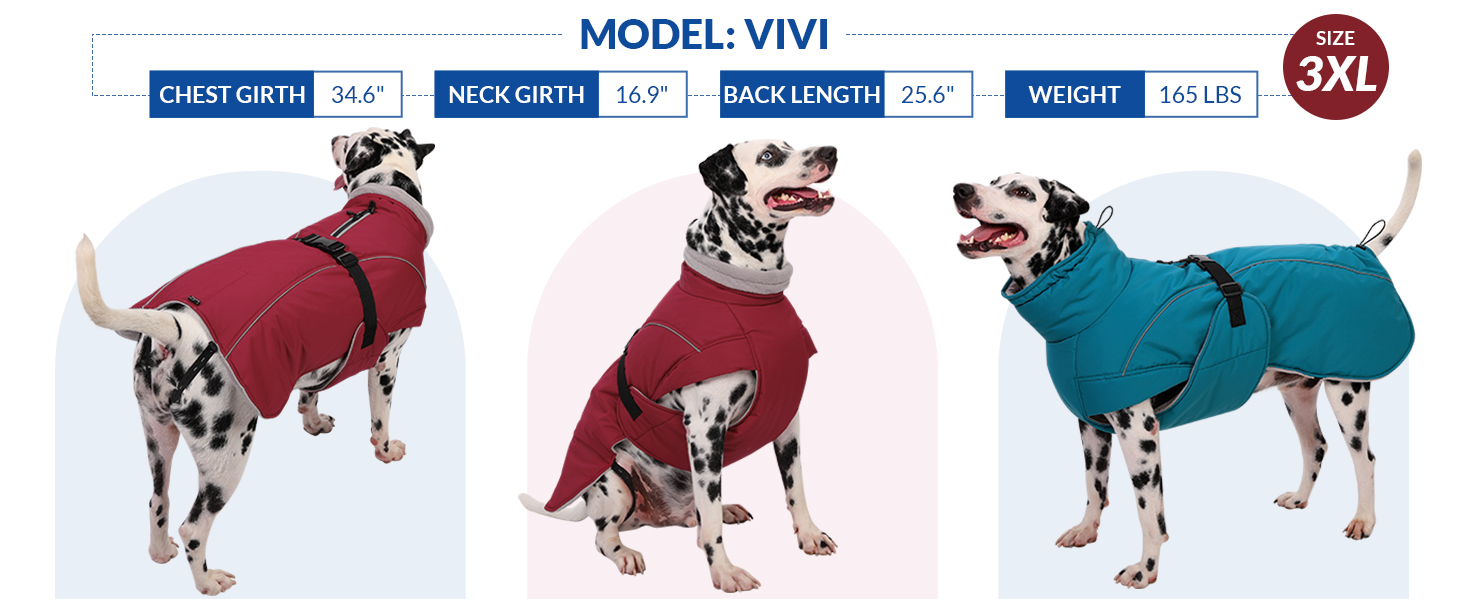Choosing the right jacket for your dog, especially if you have a larger breed, can be a daunting task. An ill-fitting jacket can cause discomfort, restrict movement, or even lead to health issues. This article will guide you through the process of measuring your dog accurately to find the perfect extra large jacket that ensures both comfort and style.
Understanding Your Dog’s Size Category
Before diving into the measurement process, it’s essential to understand the size categories for dog jackets. Extra large jackets typically fit larger breeds, which often weigh between 70 to 100 pounds. Here’s a quick breakdown of some common extra-large dog breeds:
- Great Dane
- Saint Bernard
- Newfoundland
- Rottweiler
- German Shepherd
Knowing your dog’s breed can help you better understand their general sizing, but it’s crucial to take specific measurements to ensure an accurate fit.
Essential Tools for Measuring Your Dog

Before you begin measuring, gather the following tools:
- A soft measuring tape (tailor’s tape)
- A pen and paper to record measurements
- Treats to reward your dog for cooperation
With these tools in hand, you’ll be ready to get started!
Step-by-Step Measuring Process
Follow these steps to measure your dog accurately:
1. Measure the Neck Circumference
To measure your dog’s neck:
- Wrap the measuring tape around the base of your dog’s neck where a collar would sit.
- Ensure the tape is snug but not too tight; you should be able to fit two fingers comfortably underneath.
- Record the measurement in inches or centimeters.
2. Measure the Chest Girth

The chest is the widest part of your dog’s body and is crucial for a good fit:
- Wrap the measuring tape around the deepest part of your dog’s chest, just behind the front legs.
- Make sure the tape is parallel to the ground and snug but not constricting.
- Record this measurement as well.
3. Measure the Back Length
The back length helps determine the overall length of the jacket:
- Measure from the base of the neck (where the collar sits) to the base of the tail.
- Keep the tape straight and level for accuracy.
- Write down this measurement.
4. Measure the Leg Length (Optional)

For jackets with sleeves, measure your dog’s front leg length:
- Start at the shoulder and measure down to the paw.
- Repeat for the other leg if required, especially if your dog has uneven leg lengths.
Understanding Size Charts
Once you have all the measurements, it’s time to consult the size chart provided by the jacket manufacturer. Size charts can vary significantly between brands, so always refer to the specific chart for the jacket you are considering.
Most brands will provide size categories based on neck, chest, and back measurements. Here’s an example of how a typical size chart might look:
| Size | Neck (inches) | Chest (inches) | Back Length (inches) |
|---|---|---|---|
| Extra Large | 20-24 | 32-36 | 28-32 |
Compare your dog’s measurements to the size chart. If your dog falls between two sizes, it’s usually best to opt for the larger size for comfort.
Factors to Consider Beyond Measurements

While accurate measurements are vital, there are additional factors to consider when selecting the perfect extra large jacket for your dog:
- Material: Look for weather-resistant materials if your dog will wear the jacket outdoors. Fleece and waterproof fabrics are excellent choices.
- Style: Consider whether you want a full coat, a vest, or a jacket with sleeves, depending on your dog’s comfort and the climate.
- Adjustability: Jackets with adjustable straps can provide a better fit and accommodate any fluctuations in your dog’s weight.
- Ease of Wear: Look for jackets that are easy to put on and take off, especially for larger breeds that may be less cooperative.
Case Studies: Real-Life Experiences

Understanding how other dog owners navigated this process can offer insights and tips. Here are two case studies that highlight different challenges and solutions:
Case Study 1: Max the Rottweiler
Max, a 90-pound Rottweiler, had trouble finding a jacket that fit properly. After measuring his neck, chest, and back length, his owner discovered he needed an extra large jacket with adjustable straps. The owner opted for a waterproof jacket that allowed for easy wear and removal, making walks during rainy weather enjoyable for both Max and his owner.
Case Study 2: Bella the Great Dane
Bella, a 120-pound Great Dane, presented a unique challenge. After following the measuring steps, her owner realized that Bella’s measurements placed her between sizes. The owner chose a larger size and found a jacket with a flexible material that allowed for comfortable movement without being overly bulky. Bella loved her new jacket and wore it regularly during winter walks.
Statistics on Dog Apparel

According to a 2022 survey conducted by the American Pet Products Association, approximately 30% of dog owners reported purchasing apparel for their pets. Of those, 40% cited warmth and comfort as their primary reasons for buying jackets and coats. This statistic highlights the importance of finding the right fit for your dog, as comfort directly impacts their willingness to wear the garment.
Finding the perfect extra large jacket for your dog requires careful measurement and consideration of various factors. By following the step-by-step measuring process outlined in this article, you can ensure that your dog gets a jacket that fits well and meets their needs. Remember to consult size charts, consider material and style, and learn from the experiences of other dog owners to make an informed decision. A well-fitted jacket not only keeps your furry friend warm but also enhances their overall well-being and comfort during outdoor activities.